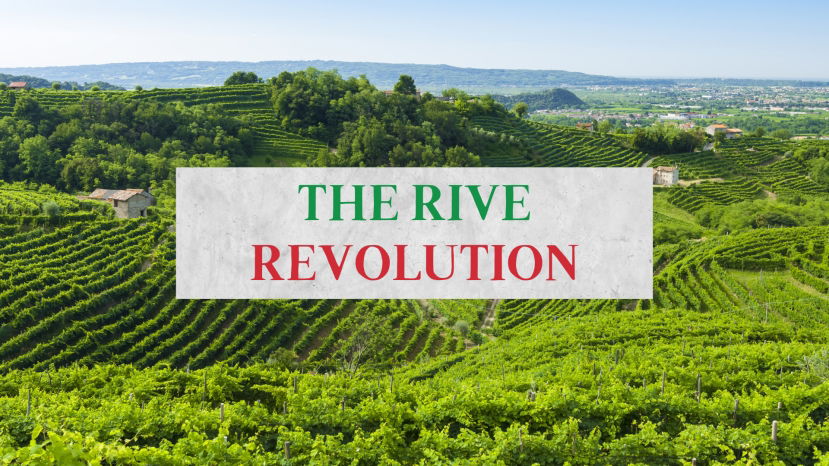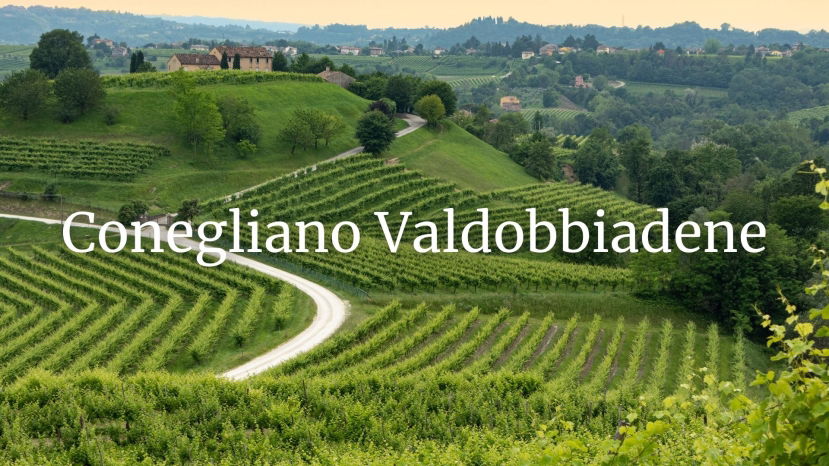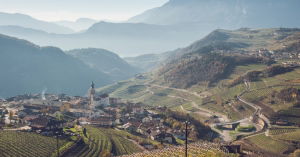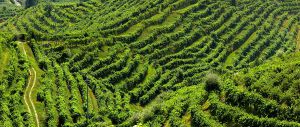BLOG
Prosecco
Summary: Sure, everyone knows Prosecco — or at least thinks they do. But most people are familiar with only the very tip of the iceberg, which also happens to be the simplest, most commercial part of it. In this webinar we’ll take a close look at the unique winegrowing area of Conegliano Valdobbiadene, located in the hills north of Venice where
Summary: In 2009 Prosecco was re-mapped in sweeping changes that created an extensive new zone for the production of Prosecco DOC on the plains of the Veneto and Friuli-Venezia Giulia and elevated the traditional hillside growing areas of Conegliano Valdobbiadene to DOCG status, Italy's top denomination. One of the innovations of the revised "Disciplinare di Produzione" ('production norms') of the DOCG was the categorization of the sub-zones called "Rive" which are
Summary: The winegrowing area of Conegliano Valdobbiadene, historic birthplace of Prosecco, a wine that has skyrocketed to international popularity in a remarkably short period of time, is currently at a crossroads. While some producers are happy to ride the huge wave of success by producing just what the market expects and wants, others are re-evaluating who they are and how to best
The story goes that a couple of years ago, at a high society charity event in Milan a noted British rock star was served a sparkling wine that impressed him so much that he asked to be introduced to its producer who happened to be present at the event, and to whom he is reported to have said “This is the greatest Prosecco I’ve ever tasted”. The wine was in fact a metodo classico riserva made by one of Franciacorta’s top producers. The anecdote may be apocryphal, but it could easily be true. The big wide world (and not only – the misconception is also becoming common in Italy) has started to perceive anything Italian with bubbles as Prosecco, without distinction of origin or refermentation method.
Walking along the path that leads to the summit of the Cartizze hill, the town of Santo Stefano gradually emerges in the distance, its bell tower and a few quaint houses standing as a punctuation mark amidst the harmonious mosaic of woodland patches and vineyards. Like real-life topographic contour lines, the intricately arranged, labyrinthine rows of Glera vines ascend and wind through the characteristic, humpy “hogback” hills. Ciglioni – small, narrow cultivated terraced plots that have been utilised here since at least the 17th century – lend rigour and a sense of order to the vegetative profligacy of this landscape.
Glera is the principal grape of Prosecco sparkling wine. Originally the grape was known as Prosecco (more precisely Prosecco Tondo). The variety has an unclear origin and an even more complicated ampelographic history due to the fact that several distinct varieties have been called “Prosecco-something” in northeast Italy since the 18th century. The grape is late-ripening and prone to both fungal diseases and water stress. It is widely planted in the province of Treviso.






